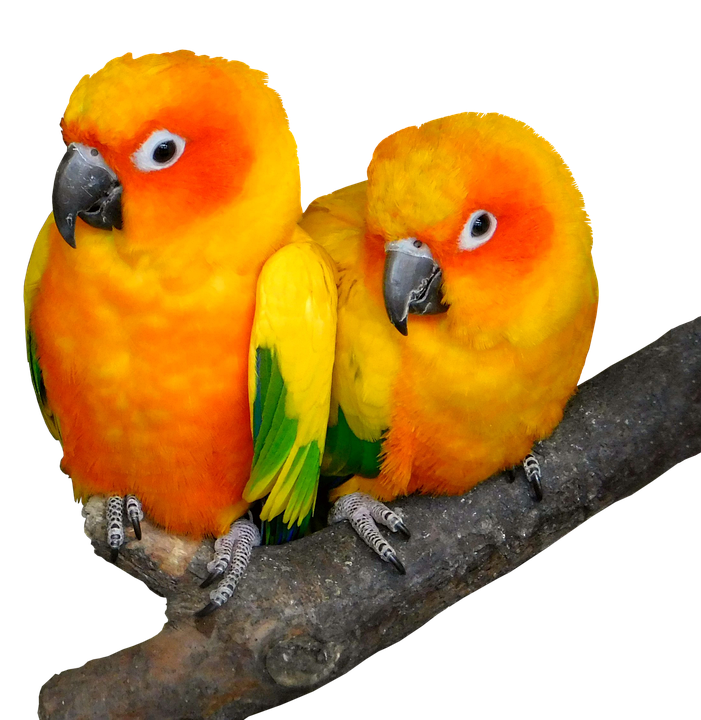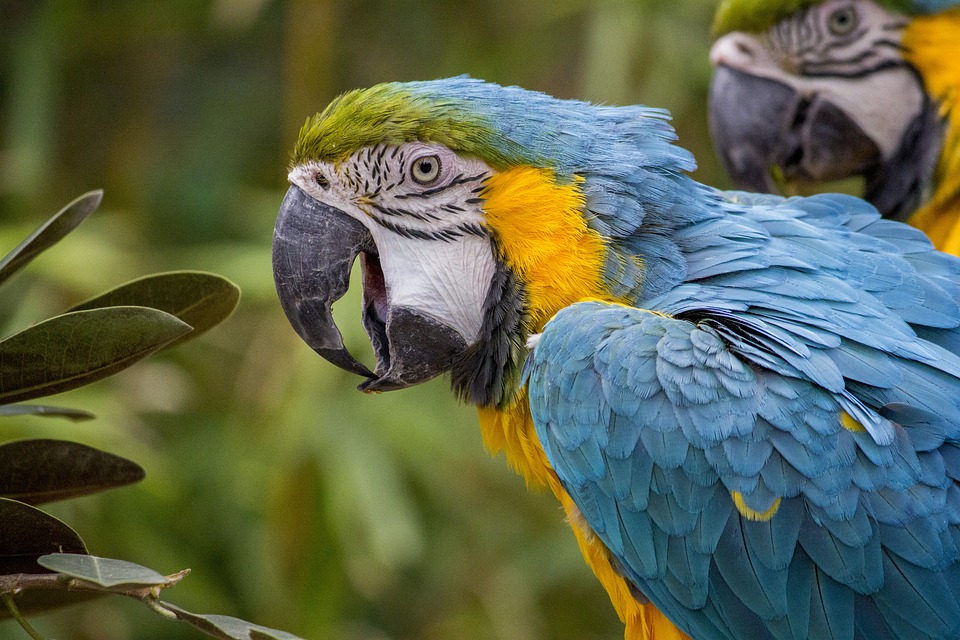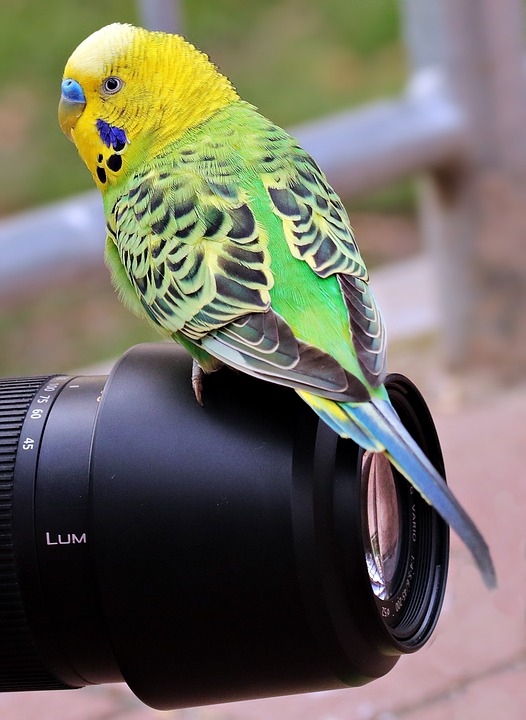Parrots are highly intelligent and social creatures that can be trained to perform a wide range of behaviors. However, not all parrots are ready to learn at the same time. It is important to understand the signs of learning readiness in parrots to ensure effective training sessions. In this article, we will explore the various indicators that demonstrate a parrot’s readiness to learn, as well as address some frequently asked questions about parrot training.
Signs of Learning Readiness in Parrots
1. Attentiveness and Focus: A parrot that is ready to learn will exhibit a heightened level of attentiveness and focus. They will actively engage with their surroundings, display curiosity, and maintain eye contact with their trainer. This indicates that the parrot is receptive to learning and is eager to participate in training sessions.
2. Eagerness to Interact: Parrots that are ready to learn will actively seek out interaction with their trainer. They may approach the trainer, vocalize, or display body language that shows a desire to engage. This eagerness to interact is a strong indicator that the parrot is mentally prepared for learning.
3. Positive Body Language: Pay close attention to the parrot’s body language during training sessions. A parrot that is ready to learn will exhibit relaxed body posture, with feathers smooth and eyes bright. They may also lean forward, showing interest and anticipation. Conversely, a parrot that displays signs of fear, aggression, or discomfort is not in a suitable state for learning.
4. Vocalizations and Mimicking: Parrots are known for their ability to mimic sounds and vocalizations. When a parrot is ready to learn, they may start imitating sounds made by their trainer or other environmental noises. This vocal interaction indicates that the parrot is receptive to learning new behaviors.
5. Trust and Bonding: Building a strong bond and trust with your parrot is crucial for successful training. A parrot that trusts its trainer will readily engage in training sessions and exhibit a willingness to learn. Trust is built over time through positive reinforcement, consistency, and a nurturing environment.
FAQs about Parrot Training
Q: Can all parrot species be trained?
A: Yes, most parrot species can be trained to varying degrees. However, the level of training success may differ among species and individual parrots. It is important to understand the specific needs, behavior patterns, and limitations of each parrot species to ensure effective training.
Q: How long does it take to train a parrot?
A: The duration of parrot training varies depending on several factors, including the desired behavior, the individual parrot’s personality, and the consistency of training. Some simple behaviors can be learned within a few days or weeks, while more complex behaviors may take months or even longer. Patience, consistency, and positive reinforcement are key to successful training.
Q: Is punishment an effective training method for parrots?
A: Punishment-based training methods are not recommended for parrots. Positive reinforcement, such as offering treats, praise, and attention, is a more effective and humane approach. Parrots respond best to rewards and positive associations, which encourage desired behaviors.
Q: How often should training sessions be conducted?
A: Training sessions should be conducted in short, frequent intervals to maintain the parrot’s interest and attention. Aim for multiple short sessions throughout the day, rather than one long session. Adapt the frequency and duration of training sessions based on the parrot’s individual needs and attention span.
By recognizing the signs of learning readiness in your parrot, you can create a positive training environment that fosters successful learning experiences. Remember to be patient, consistent, and always use positive reinforcement techniques. Training your parrot can be an incredibly rewarding experience that deepens the bond between you and your feathered companion.









